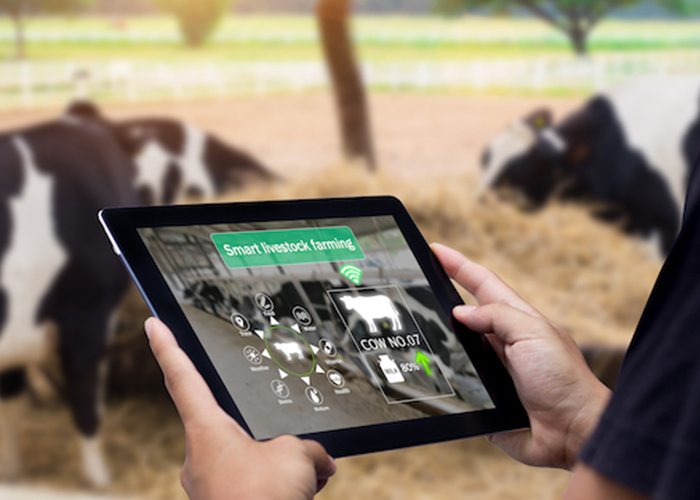
Livestock Monitoring and Automation
Modern livestock farming benefits greatly from advanced monitoring and automation technologies, which enhance productivity while improving animal welfare. Electric fencing, RFID tags, and automated feeding stations are key innovations that help farmers manage livestock efficiently.
Electric fencing is widely used to control livestock movement and ensure their safety. Unlike traditional fences, electric fences provide a cost-effective and flexible solution, reducing maintenance efforts while effectively containing animals. They can be remotely monitored and adjusted to optimize grazing patterns and land use.
RFID (Radio Frequency Identification) tags play a crucial role in livestock tracking and health management. These small electronic tags are attached to animals, enabling farmers to monitor their location, growth, and health in real time. By integrating RFID technology with farm management software, farmers can easily track vaccination schedules, breeding records, and overall herd health, leading to more informed decision-making.
Automated feeding stations further streamline livestock management. These systems dispense food based on predefined schedules and dietary requirements, ensuring animals receive proper nutrition without human intervention. Automation reduces labor costs, minimizes food waste, and ensures consistent feeding, leading to healthier livestock and improved production.
By adopting livestock monitoring and automation technologies, farmers can increase efficiency, reduce operational costs, and enhance the overall welfare of their animals. These innovations play a critical role in the future of sustainable and precision livestock farming.
